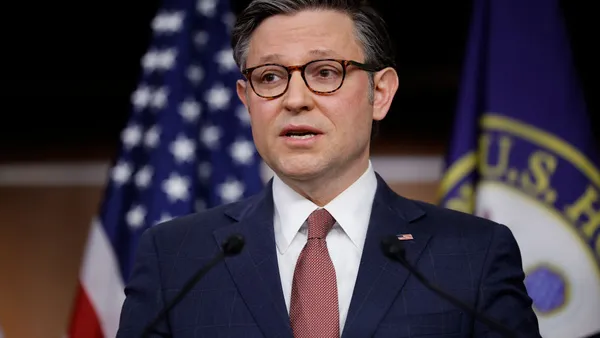Dive Brief:
- State Medicaid spending has increased by 6% over the last 30 years, severely impacting public higher education funding — allocations for higher ed have dropped by 2% over the same period.
- Medicaid spending is expected to increase by 2% in the next four years, while state tax revenues are projected to decrease by the same percentage over the same period.
- More states opting into Medicaid could further decrease higher education spending, as the costs of inclusion would tend to create heavier burdens for poorer states.
Dive Insight:
Medicaid and universal health care have significant considerations for higher education, particularly students seeking treatment and services they otherwise would not be able to afford without campus coverage.
Understandably, the discussion has yielded politicized reactions to the ways in which state governments make the case for or against higher education spending. In poorer states throughout the South, opponents say the costs have decimated funding for scholarships, campus capital development and student access.
This will demand for colleges and universities to rise above the political fray by seeking all opportunities for revenue increases through educational partnerships with international governments, analyzing tenure and faculty costs, and cutting away programs that do not bear great returns in research funding or philanthropic support.













